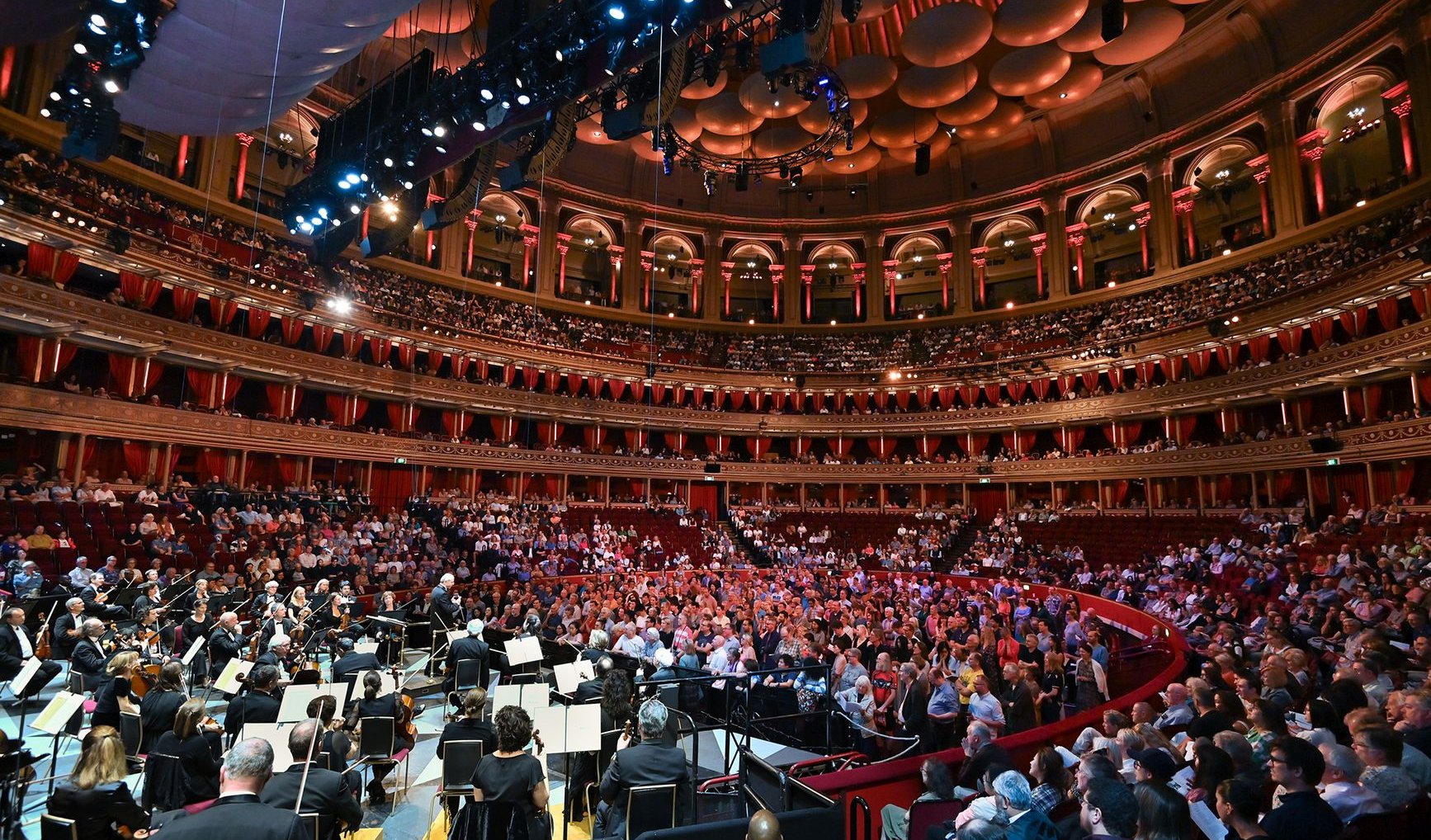
Program
Featuring
Other information
The event is about 2.5 hours long.
About the event
A Beethoven-Bartók Concert? Bartók: Bluebeard's Castle? Maybe that’s what we should think the BBC abbreviation means at the Budapest Festival Orchestra’s concert at the Royal Albert Hall. The concert will start with self-revelation and pushing the boundaries of a genre. Wagner described Beethoven's Symphony No. 7, which became world-famous for its funeral march, as “the apotheosis of dance”. After the intermission, however, an intense inner journey begins, which, even in this grand concert hall, echoes the question posed by the Bard in Bluebeard’s Castle: “Where is the stage? Outside or within?” For what we can see and hear is in fact a drama about the deepest recesses of a man’s soul. The seven most famous doors in the history of music will be opened by Krisztián Cser, who has been awarded the Hungarian Golden Cross of Merit, singing Bluebeard and internationally acclaimed Dorottya Láng performing Judith.
The piece has no nickname but it is still known by everyone. It is built on the traditions of Viennese Classicism but leads the way for Romantic composers. Beethoven’s Seventh Symphony has a special place in his oeuvre even without a program or the use of human voice. The symphony was composed, with some exaggeration, thanks to Johann Maelzel, the inventor of the metronome, who commissioned a piece from Beethoven for his “mechanical orchestra.” That piece was premiered on December 8, 1813 at a charity concert organized for soldiers wounded in war, where Symphony No. 7 was also performed for the first time. This work, written as the companion piece to Symphony No. 8, is grand in its form and bold in its harmonies. This last characteristic is shown immediately in the slow introduction of the fast-paced opening movement. The not-too-slow second movement in dark A-minor evolves through the continuous development of a single motif. In the whirlwind, stormy scherzo, only the more restrained trios offer some moments of calm, and then the finale further accelerates the tempo, intensifying the wildness, and the obsessive joy.
Bluebeard’s Castle, Bartók’s first stage work is also a standard repertoire piece. Bluebeard, often described as a monster destroying women was sentenced to death in 1440 for killing several wives. This true story was elaborated by, among others, writer Béla Balázs, who “wanted to magnify the dramatic atmosphere of the Szekler folk ballads for the stage” with his work. Bartók was intrigued by the philosophical depths of the ballad, this beautiful portrayal of the mysteries of the soul, and composed an opera from it. In 1911, the piece was rejected by the Lipótváros Casino, one of Budapest’s cultural centers, as unfit for production, and its premiere had to wait until 1918. Bluebeard’s Castle seems to have two characters, but besides Judith and the Duke, we should not forget the three former wives, the bard, who introduces the play with prose, and the castle that comes to life with music and once even sighs. The seven doors follow one another as seven symphonic movements: the torture chamber, the armory, the treasury, the garden, the splendid kingdom, the lake of tears and the chamber of the three previous wives, are each given a unique yet unified character by means of distinctive dissonances, subtly blended timbres and a stunning key design.